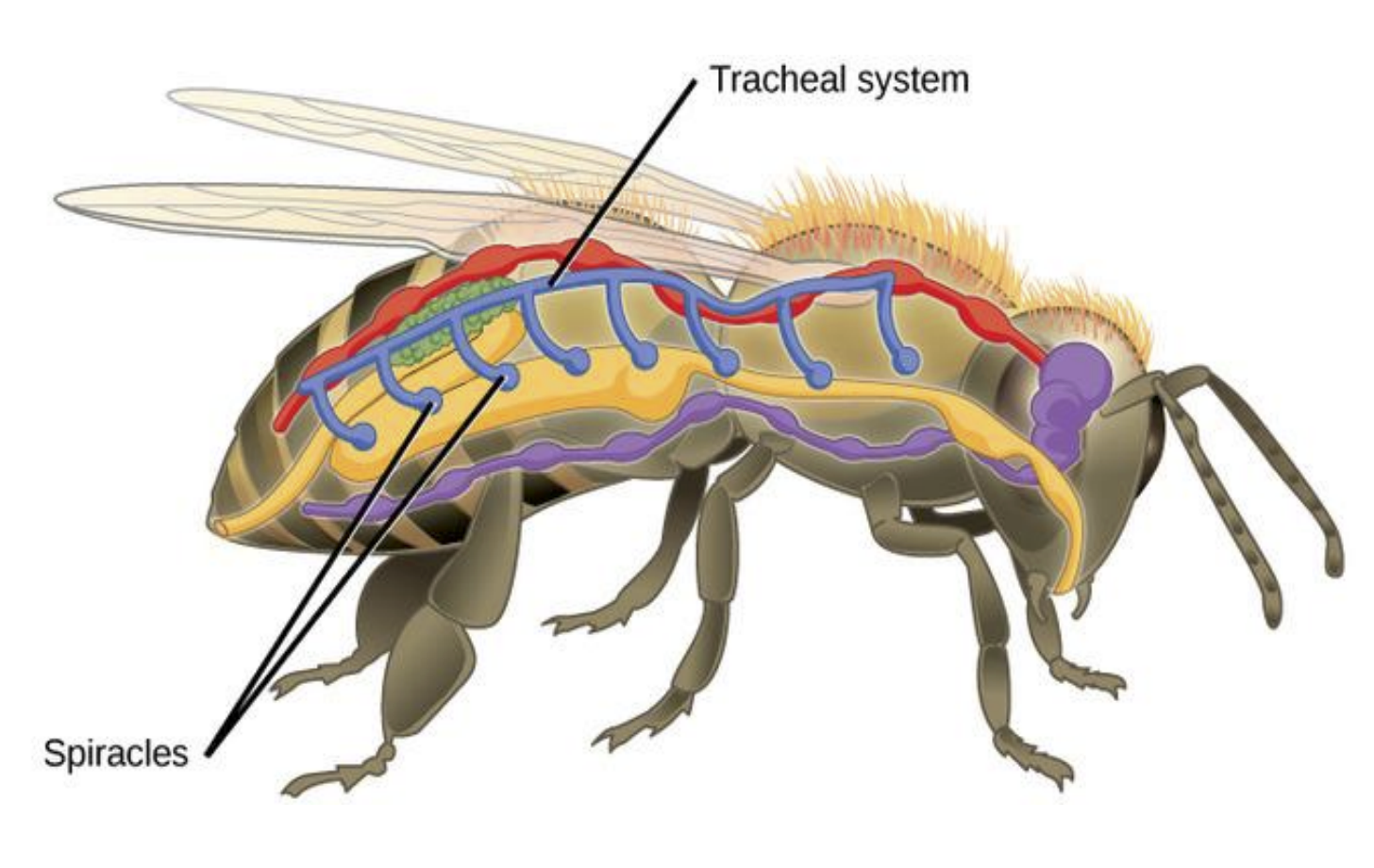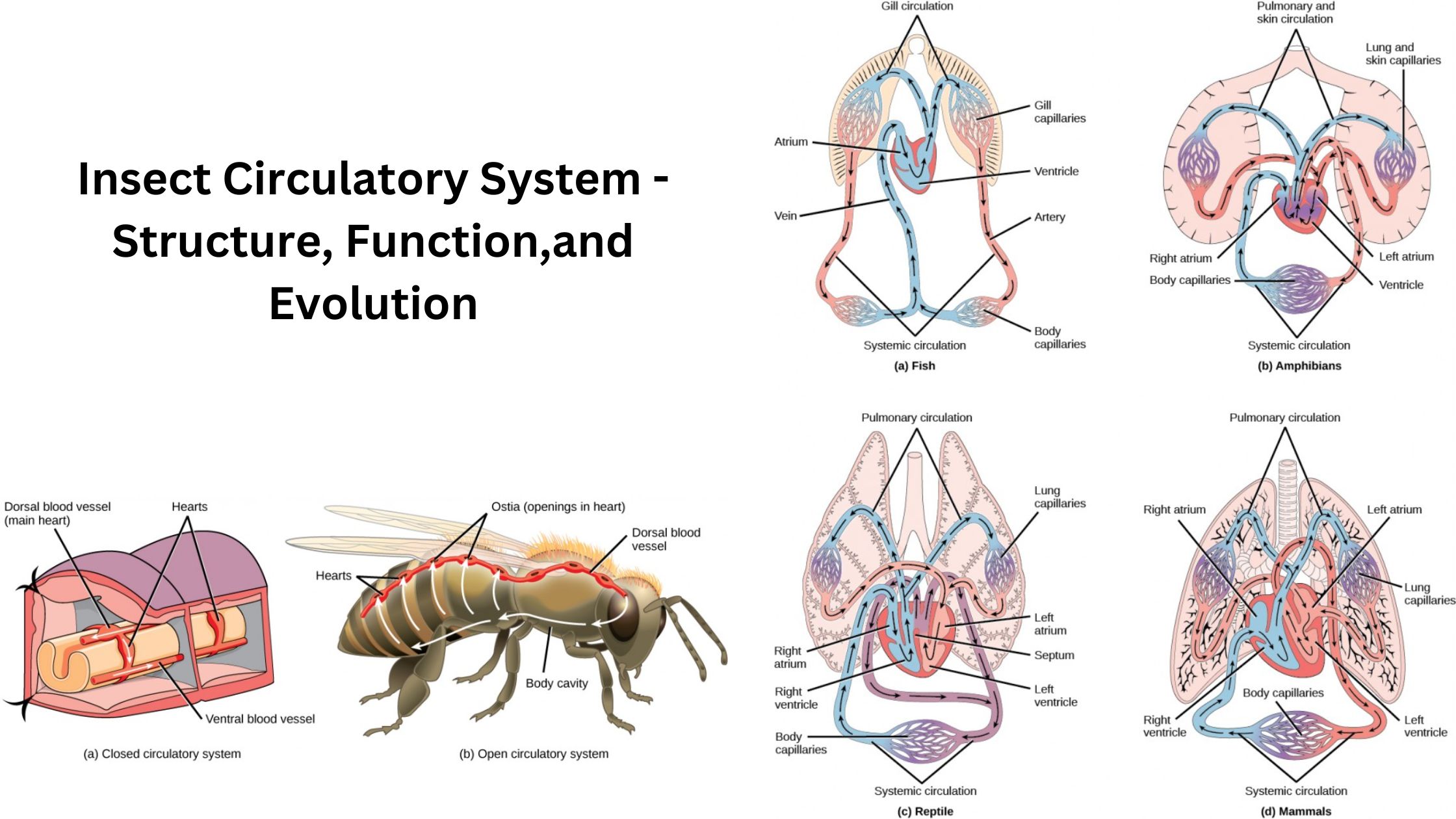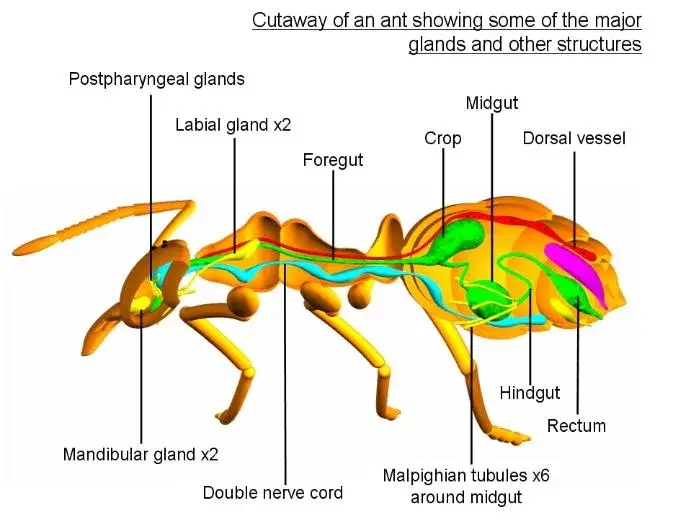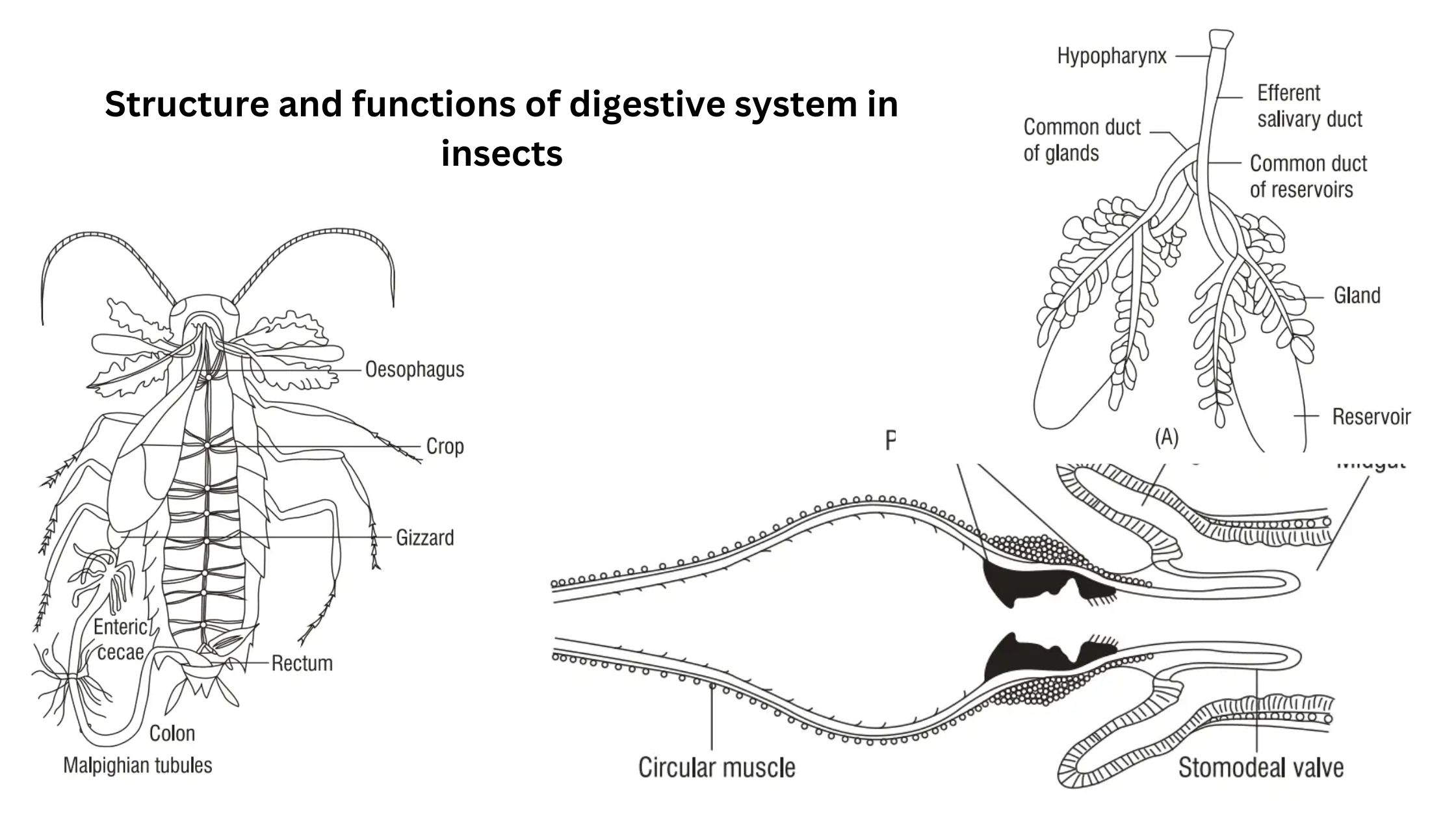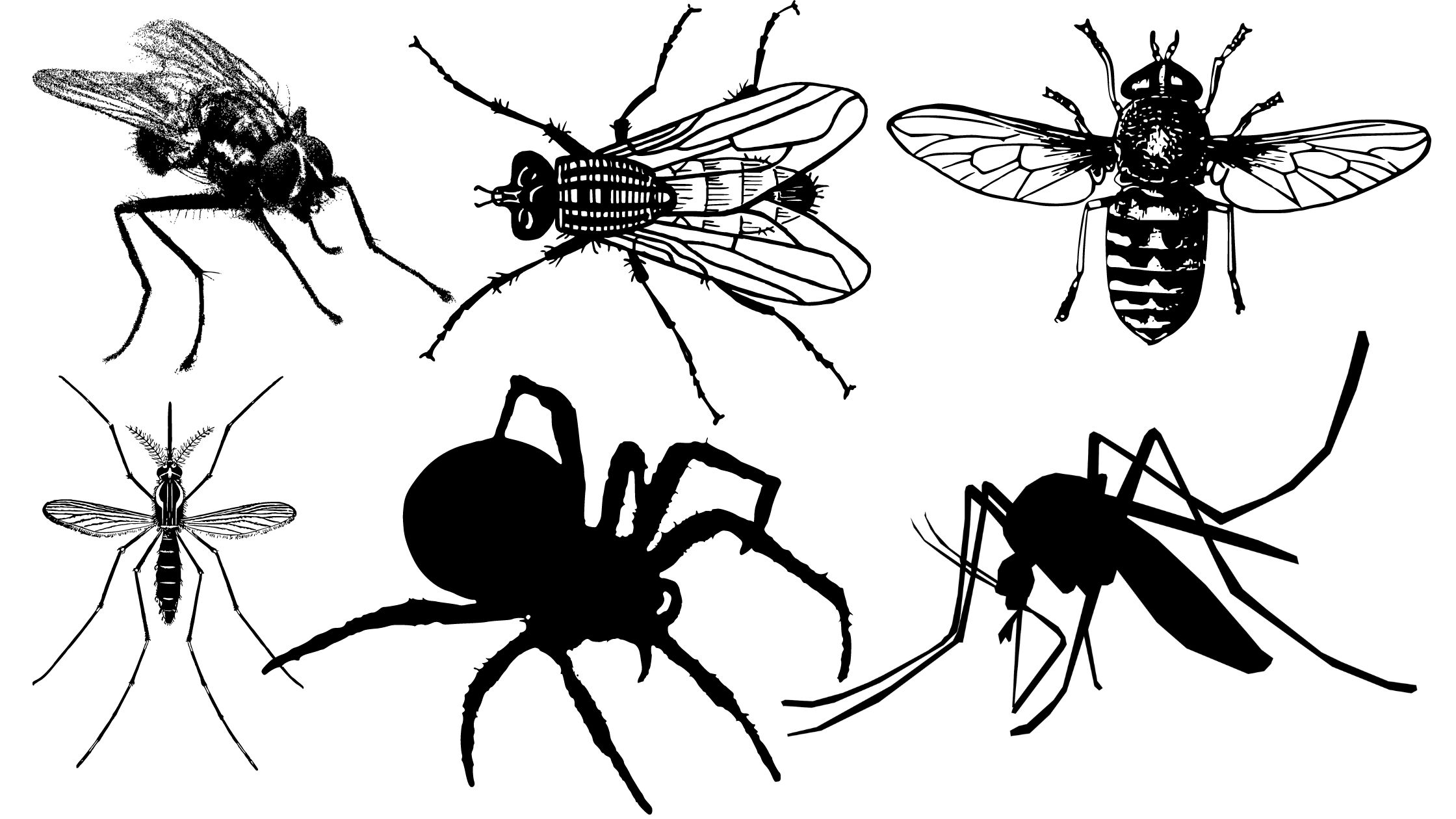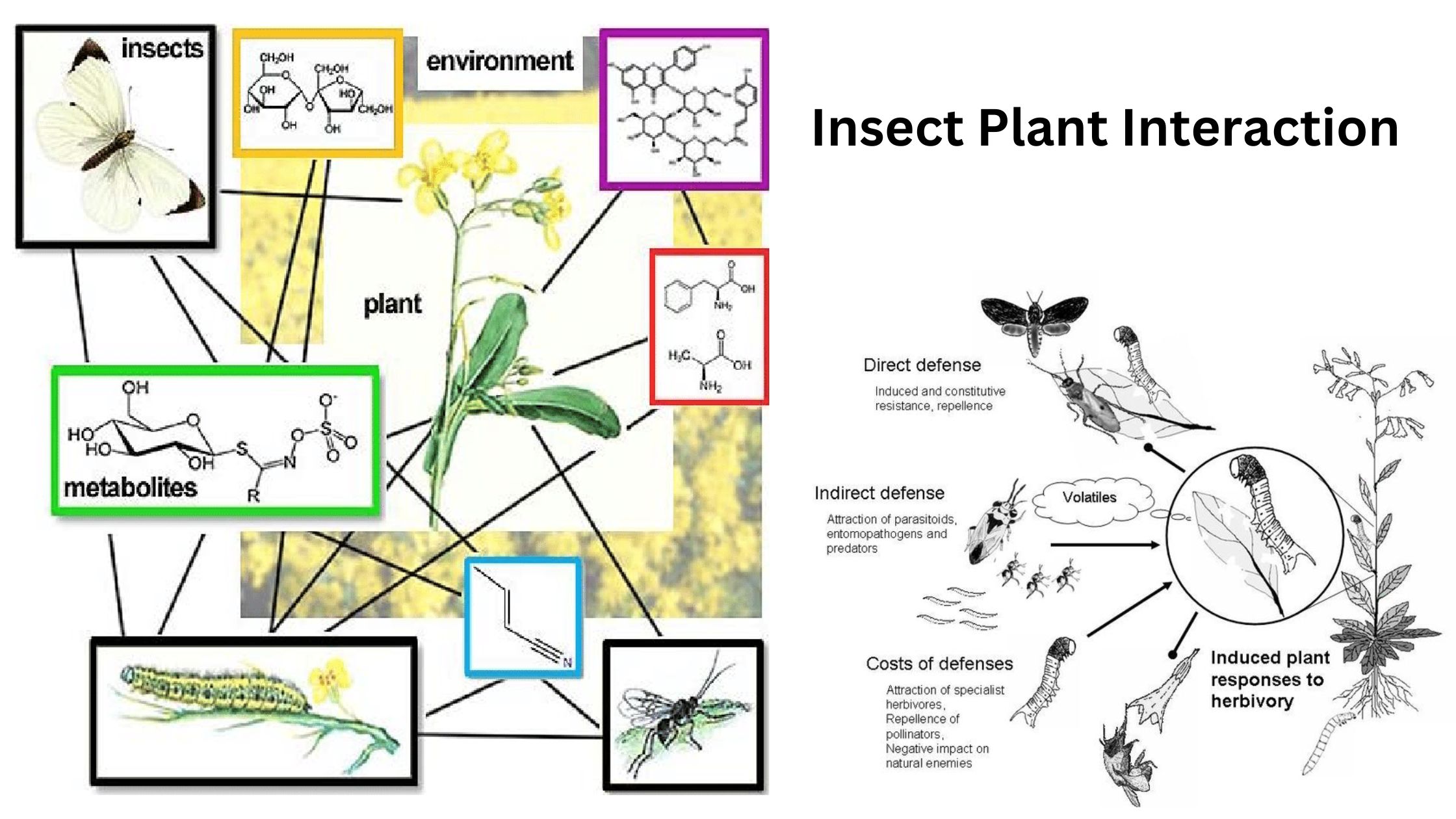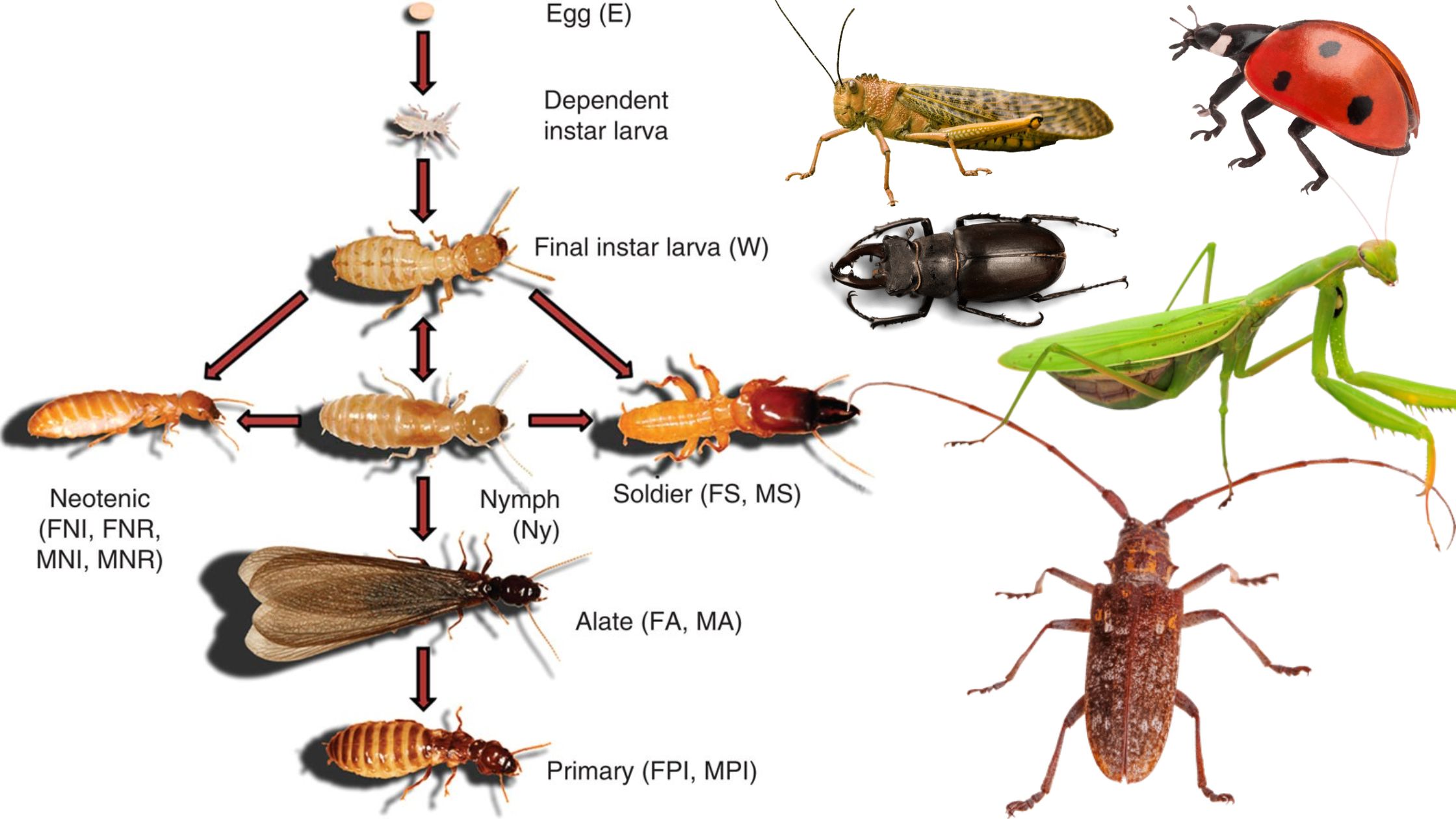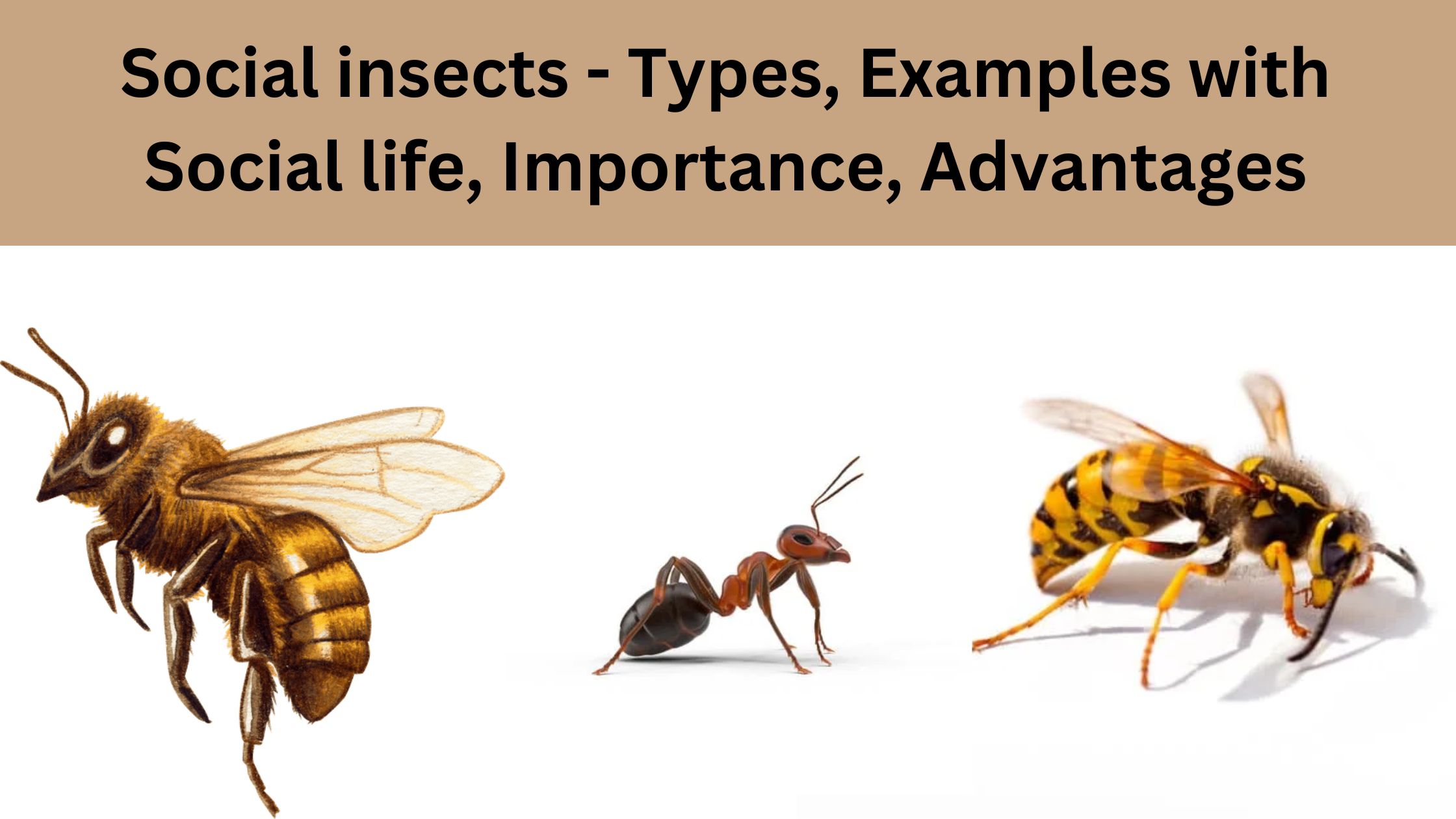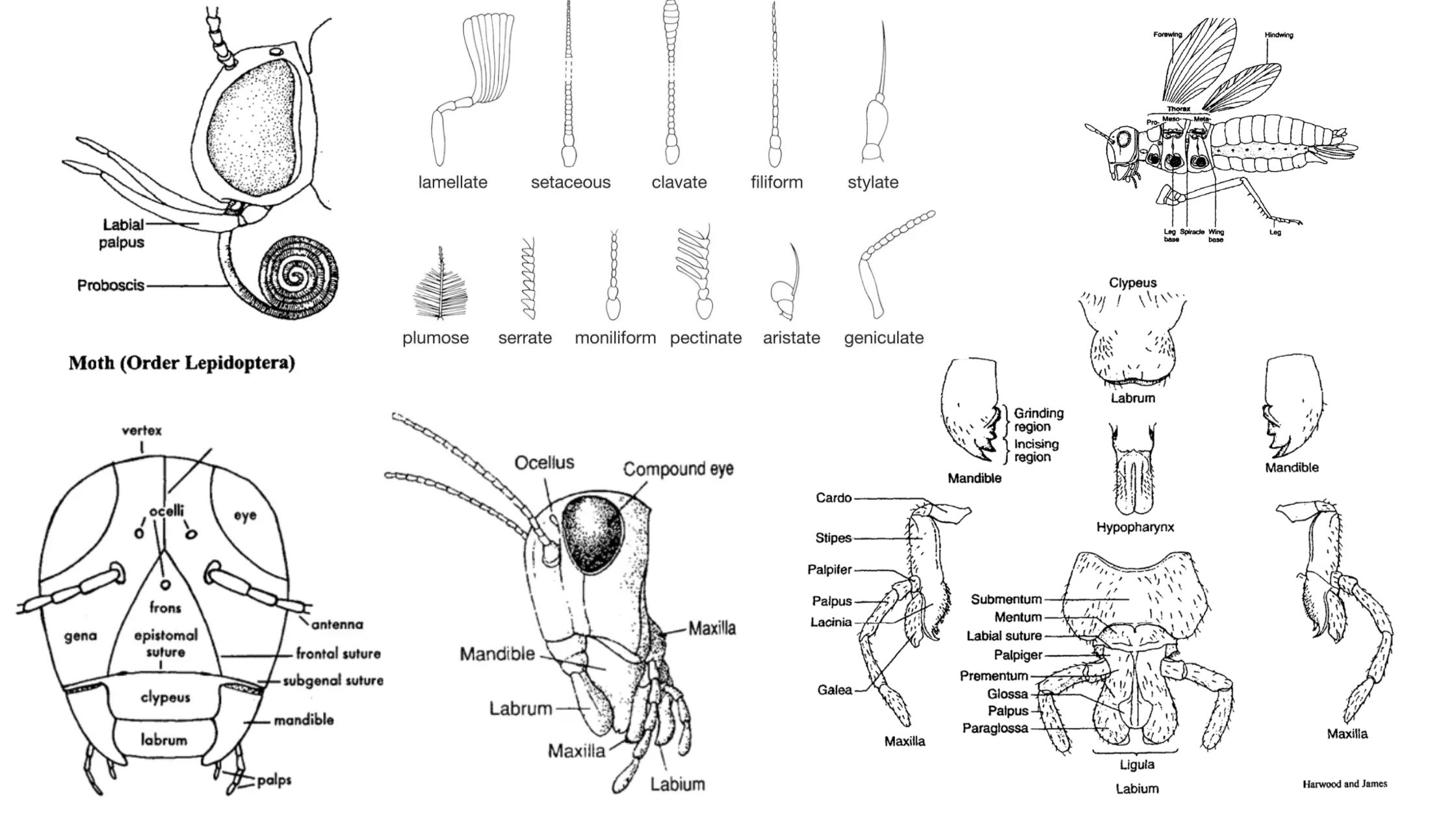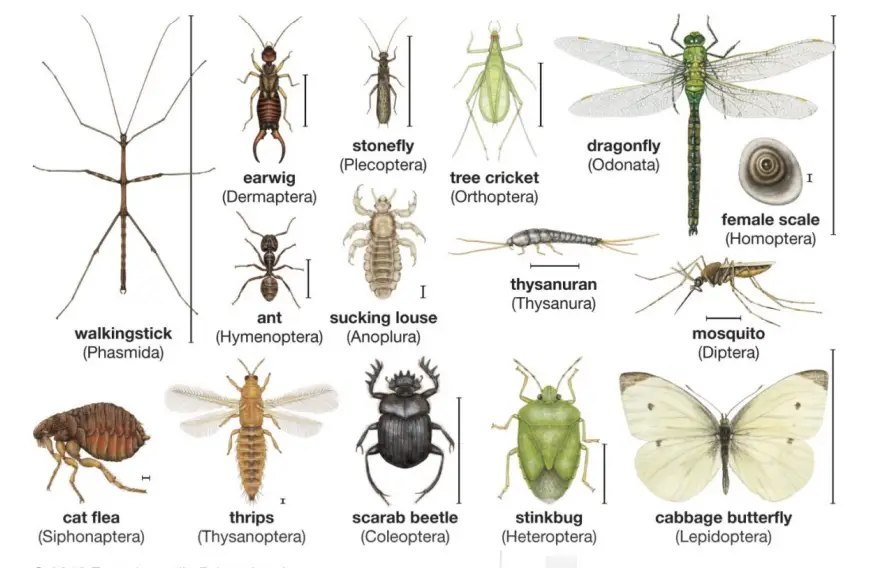Insect Respiratory System – Structure and functions
The respiratory system of insects is a sophisticated network designed for efficient gaseous exchange. This system relies on a series of internal tubes known as tracheae, which permeate the insect’s body, extending to all tissues, including muscle fibers. Unlike in vertebrates, where oxygen is transported via blood, the tracheal system allows oxygen to reach its … Read more
